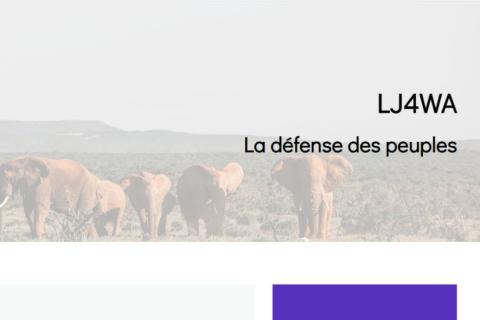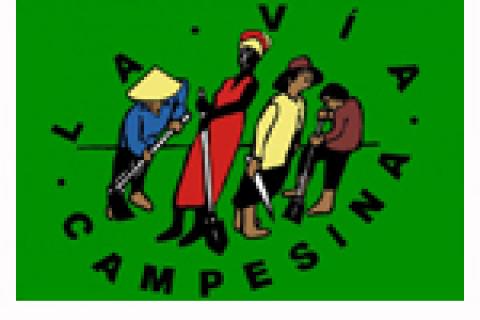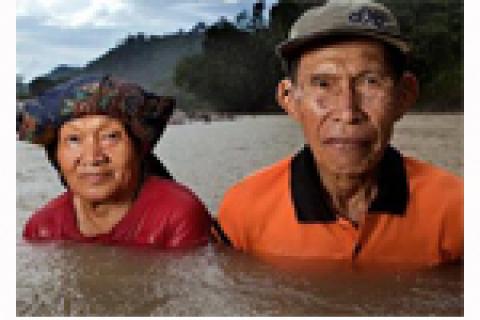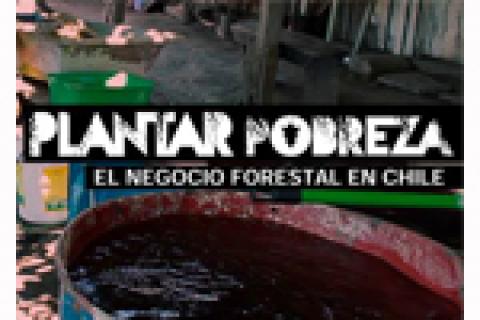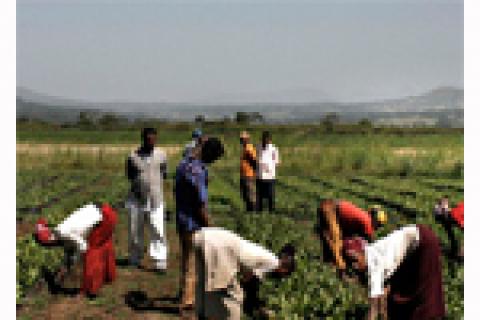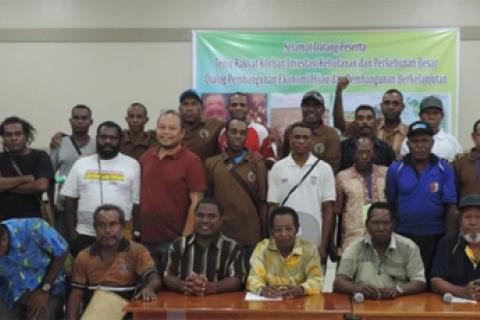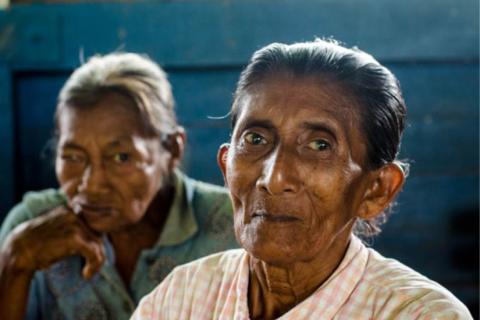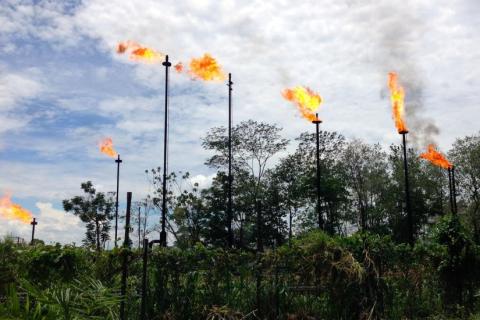Other information
The coordinating team of La Via Campesina in the state of Pará, Brazil, has compiled in a book the political struggles waged over time in the Amazon and the initiatives organized. In addition to a systematized introduction with a focus on ideas about peasant communities and their reincorporation in debates of historical concepts, there is a duel of perspectives with environmental ecological imperialism.
The recently released book “Money Logging” documents the local politics, international complicity and dedicated resistance in the struggle against the turning of Sarawak's rainforests into a monoculture of oil palms and hydropower reservoirs. Author Lukas Straumann singles out Abdul Taib Mahmud, former governor of the Malaysian state of Sarawak, as the kingpin of this Asian timber mafia, while he shows that Taib’s family—with the complicity of global financial institutions—have profited to the tune of US$15 billion.
This documentary produced by “Periódico Resumen” addresses the origins and consequences of the expansion of the tree plantation industry in central-southern Chile. Plantations have been expanding in Chile at a phenomenal rate and now occupy a total of some three million hectares, seriously affecting not only the environment but also local communities. The droughts generated by monoculture plantations have also been provoking forest fires.
Booming global demand for palm oil and limited room for the industry’s expansion in Asia have led large palm oil producers to look towards Africa. Companies are also betting on an explosion in demand from the European Union for palm oil as a ‘sustainable’ fuel, and Africa is the closest palm oil-producing region. Swaths of land have been allocated to foreign companies for oil palm plantations.
Oil palm plantations in Palawan, as elsewhere in the Philippines, are portrayed as a key solution to lower greenhouse gas emissions and as a tool for poverty eradication. However, reality shows a different picture. A report from “Ancestral Land/Domain Watch” (ALDAW) explains the many reasons why oil palm development should be stopped. Among others, this monoculture takes over cropland and coconut groves which sustain local self-sufficiency.
JAMBI-INDONESIA: A farmer and environmental defenders activist murdered by Security Force of PT. WKS (Wirakarya Sakti), a subsidiary of APP (Asia Pulp and Paper – Sinar Mas Group).
What is nature worth? How much profit can it report? At a time when biodiversity is critically threatened, this documentary reveals how banks and private investors are increasingly converting natural resources into objects of financial speculation. “Nature, le nouvel eldorado de la finance” (“Banking Nature”) shines a spotlight on the mechanisms of a nascent system that could end up as a manifestation of global hypocrisy.
For centuries, the Rama people have lived on the Caribbean coast of Nicaragua. In June of 2013, the Nicaraguan government signed an exclusive contract with a Hong Kong based development company to build an immense canal across Nicaragua with a 100-year concession. The proposed route will cut through almost a million acres of rainforest and wetlands, and will displace hundreds of villages, including the Rama village of Bangkukuk.
The Union for Those Affected by Texaco Operations (UDAPT) has been fighting for more than 20 years to force Chevron-Texaco to pay for the ravaging contamination it caused in the Ecuadorian Amazon and to take responsibility for their actions. The different initiatives launched by the UDAPT in different countries are on the verge of reaching their goal. To get there they need additional funding. UDAPT asks people to tweet the message: “RT! Crowdfunding for those affected by Chevron in Ecuador!
The People’s Summit on Climate Change was held December 8-11 in opposition to the false solutions being discussed at the UN climate negotiations in Lima, Peru.
